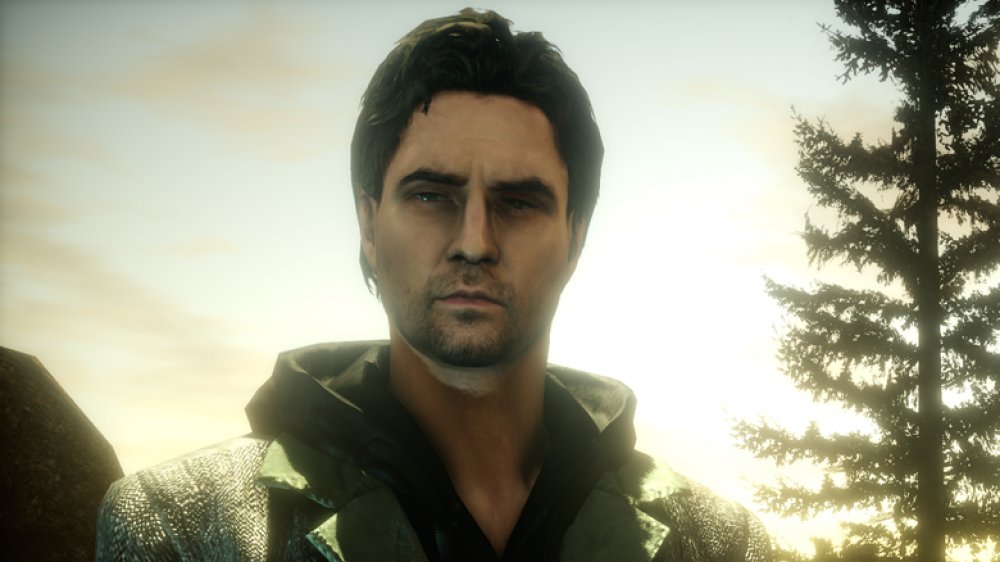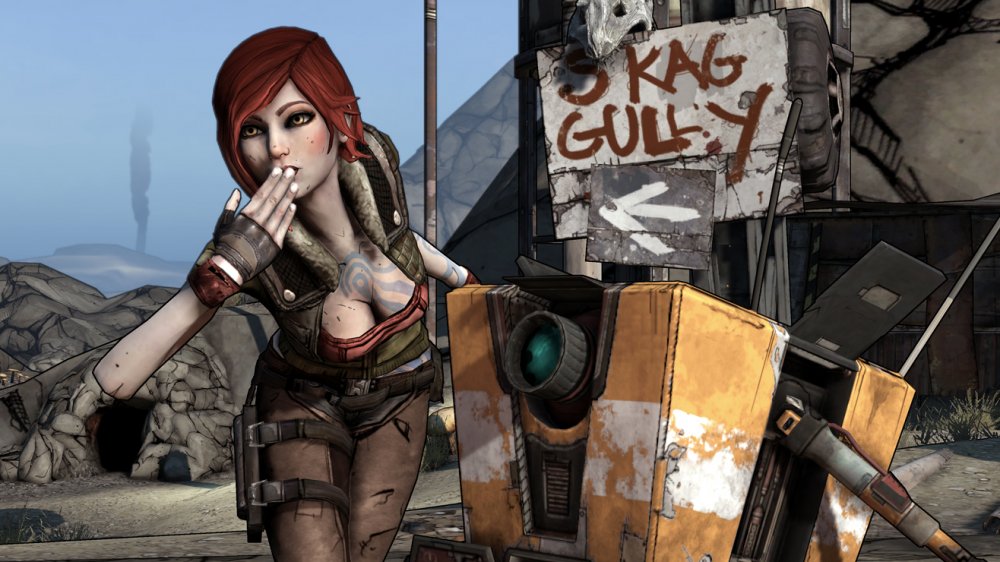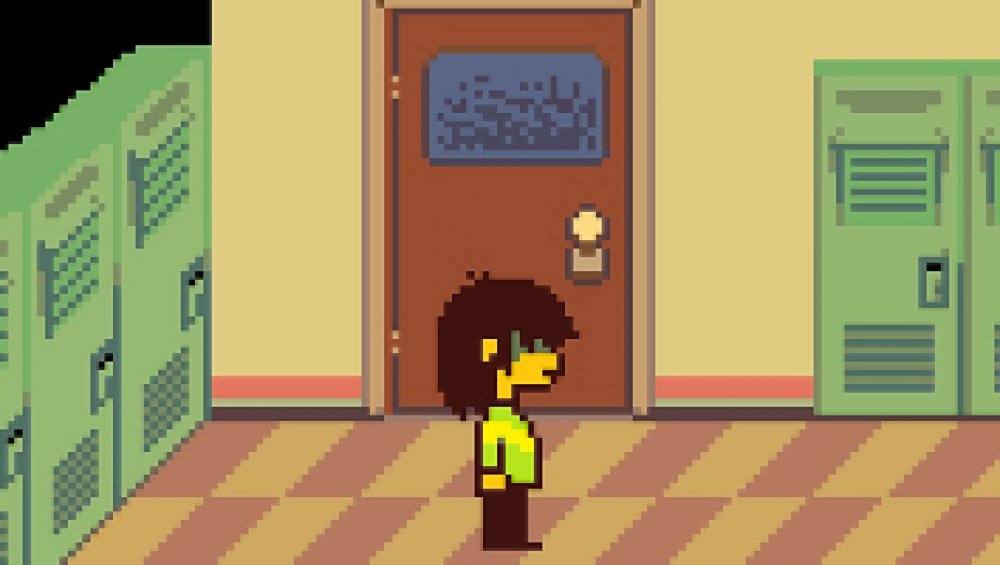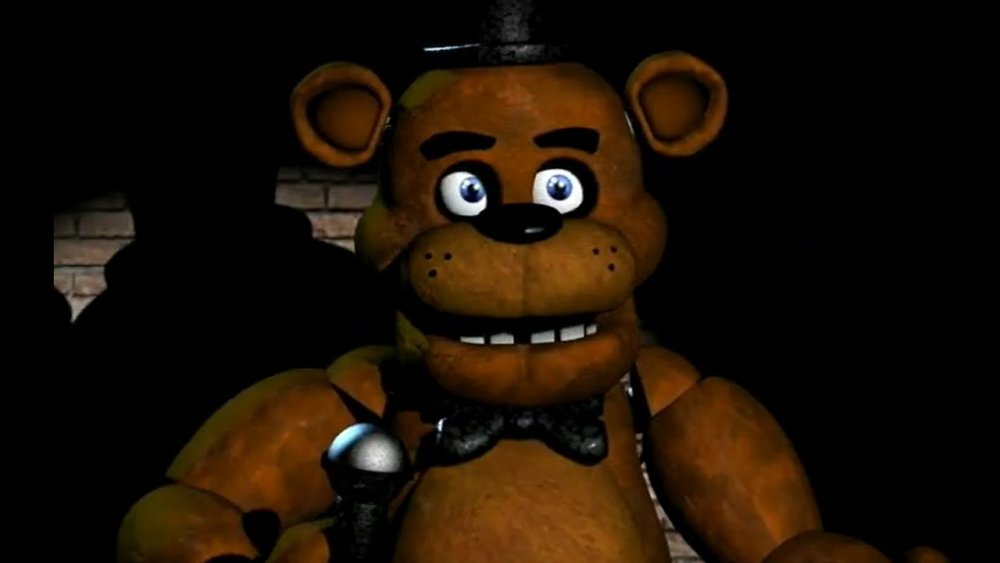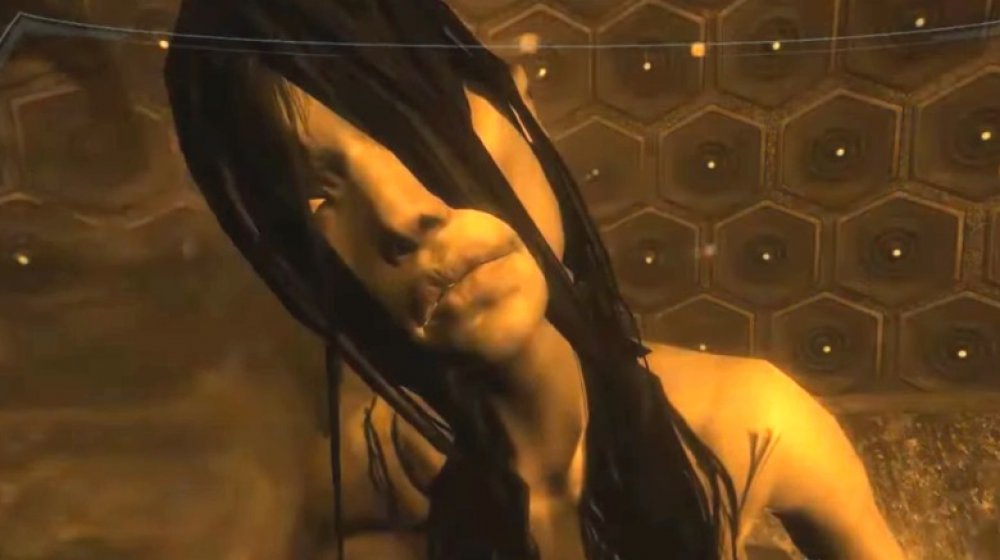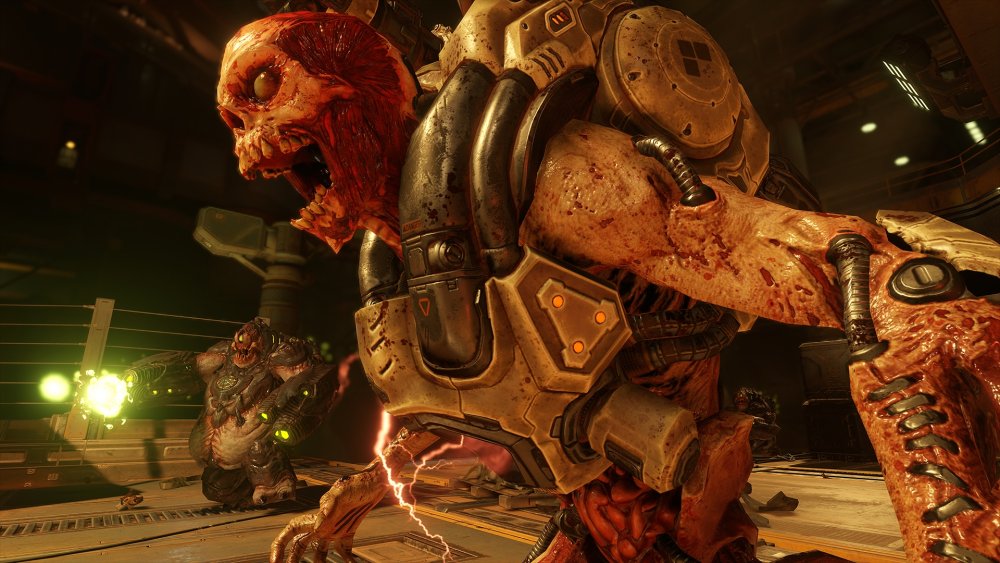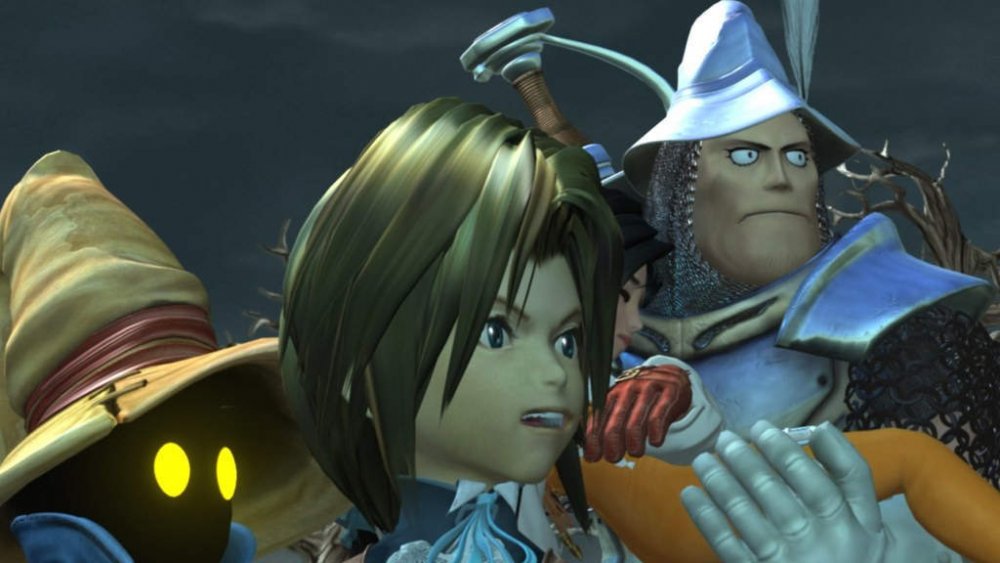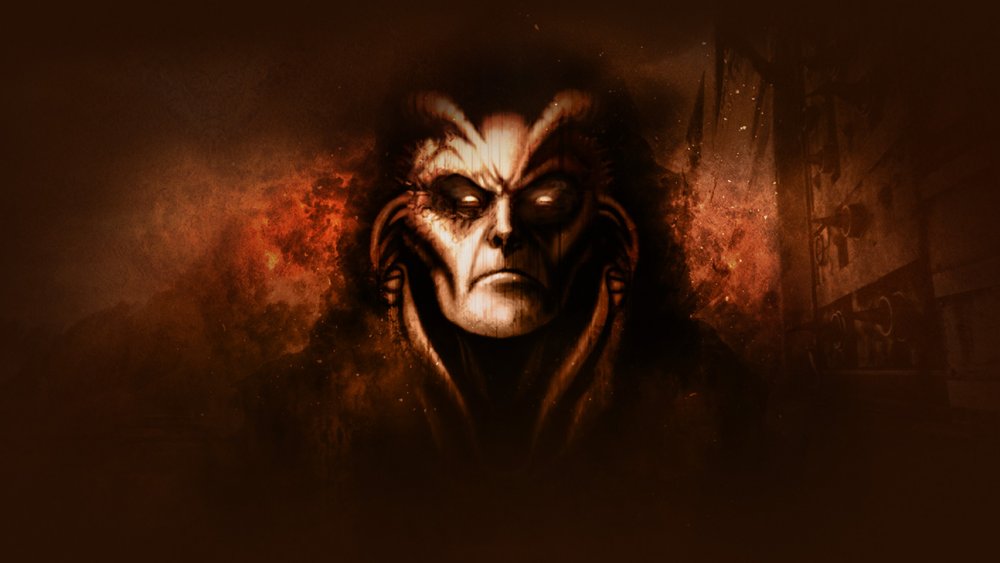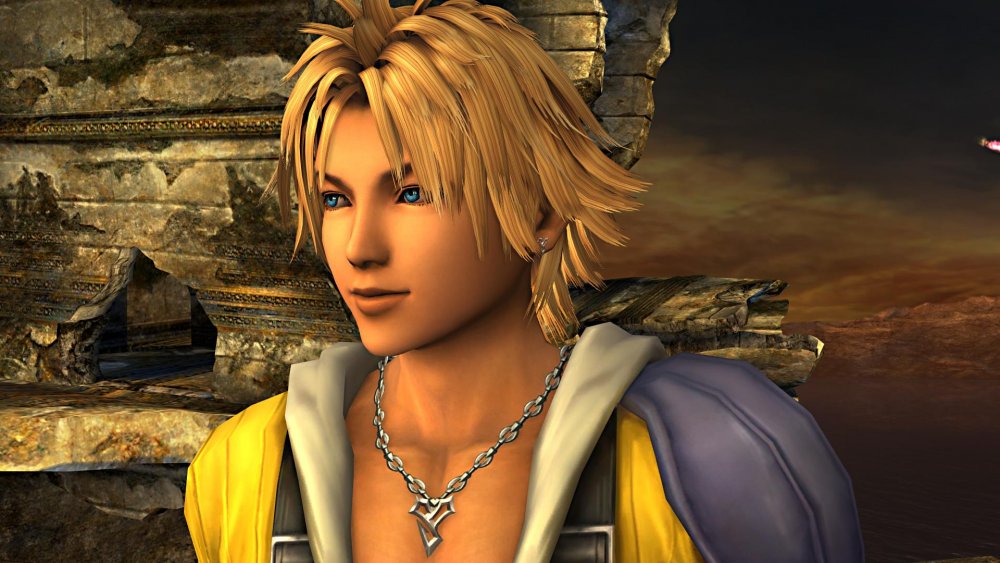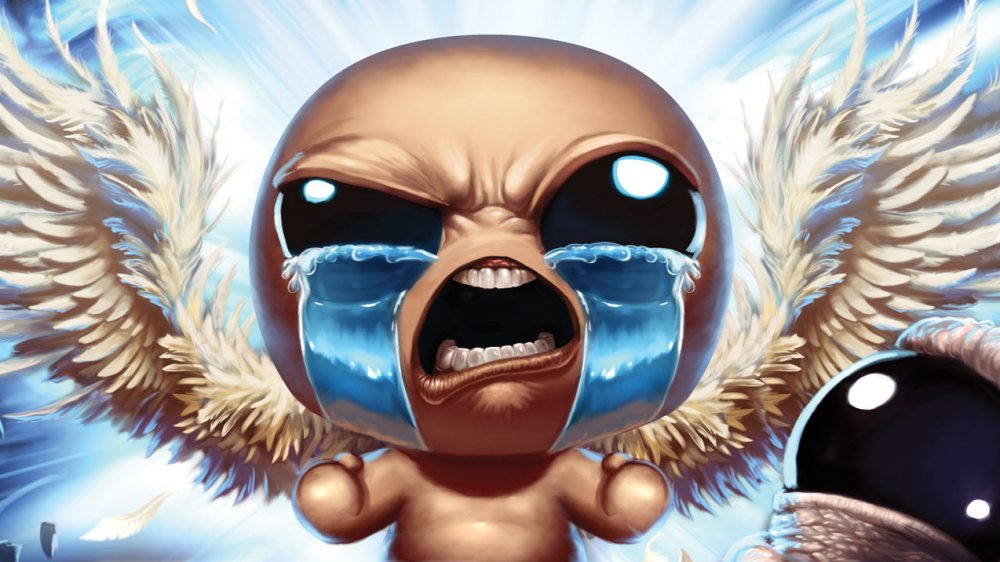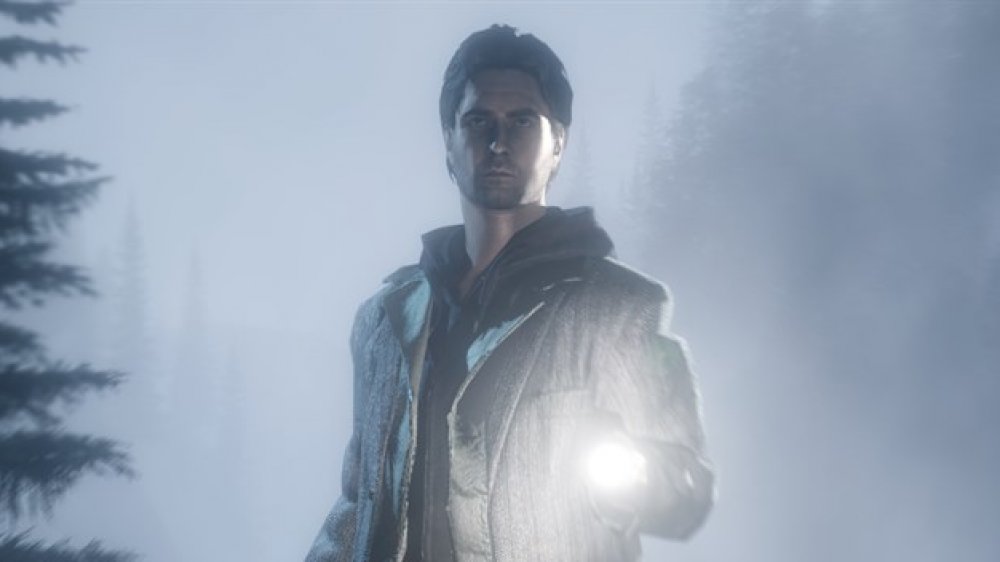Game Endings That Didn't Make Sense For Years
Everyone loves a good mystery. There's nothing quite like the moment when all the pieces click together in your head and you're able to say, "I get it!" Plenty of games have managed to weave in just enough uncertainty to give players that extra little thrill at the end, and inspire some lively debates in the process. Who can forget the moment they first realized the world of Horizon Zero Dawn was a post-apocalyptic Earth, or that Link was dead the whole time in Majora's Mask? (kidding, kidding!)
Unfortunately, some games leave us with puzzles that just can't be solved. Whether these games are purposefully vague, feature lousy writing, or wrap up with intentional cliffhangers, some of their endings raise more questions than they answer. Sometimes these mysteries are solved in DLC or sequels. Sometimes we get official answers from the game devs. Sometimes we're just left hanging forever.
Here are some game endings that didn't make sense for years. Warning: there are spoilers ahead.
Borderlands
The first Borderlands puts you on a pretty straightforward mission. You'll go to a planet called Pandora, shoot most of the population, and open a Vault that is hopefully packed with treasure. Unfortunately, that's not how things go. What actually happens is you open the Vault, defeat the monster inside, and... roll credits. For what is supposed to be the quintessential looter-shooter, there is a definite lack of loot after all the shooting.
To make things worse, the only cutscene you get is a few short seconds of your robot pal Claptrap's eye changing from blue to bright red. Is he evil now? Why? How? Also, who cares? It isn't until you play the DLC Claptrap's New Robot Revolution, which was released over a year later, that you get to find out why Claptrap had suddenly turned bad and shoot him for it.
Even later in Borderlands 2, you learn the Vault wasn't actually empty. It spread an alien mineral called Eridium all over Pandora, which a villain named Handsome Jack took control of and used to become the richest man in the universe basically overnight. So there actually was unfathomable wealth in the Vault — it just wasn't for you. Hooray.
Deltarune: Chapter 1
Deltarune is the spiritual successor to Undertale, a retro-style indie RPG that stole all sorts of hearts in 2015. It takes place in a different universe and tells a different story than Undertale, but involves most of the same characters. In essence, developer Toby Fox basically made a fanfic of his own game and released the first chapter of it on Halloween in 2018.
Unlike Undertale, though, Deltarune only has one ending, and it's a doozy. Kris, the human of the player's party, gets out of bed in the middle of the night. They walk to the middle of their room, rip out their own soul, and hurl it into a cage. Then they turn to face the camera, now sporting bright red eyes and a feral smile.
Apparently Kris is the bad guy now. We can assume it's a result of Kris using their soul to seal a fountain of dark energy (it turns out that might be bad for you). Anyway, this leaves us with a lot of questions. How will we play without the main character? What will happen to the world now? Can Kris be healed, and do they even want to be?
Presumably we'll get answers when the rest of Deltarune comes out. If it ever does.
Five Nights at Freddy's
Five Nights at Freddy's is a horror franchise infamous for its piecemeal storytelling. It leaves tiny breadcrumbs scattered not only in games games, but in novels and guides, too — always with hints that there's some larger story tying them all together. Some players spend more time on this meta-mystery than on the games themselves.
The first Five Nights at Freddy's came out in 2014, and by the end of that, we were fairly sure that kids had been killed in the game's restaurant and stuffed into animatronics, which were now possessed by their ghosts. This explanation raised more questions than it answered, though. Who killed them? Why? Why does Fredda Fazbear's Pizza keep hiring people to get killed by haunted animatronics? Why do people keep taking those jobs?!
YouTuber MatPat alone has spent years trying to piece it all together with varying results. Every time it seems the community has a handle on the lore, a new piece of Five Nights at Freddy's media comes out to invalidate some key part of it. Will we ever fully understand the terrifying history of Freddy Fazbear's Pizza? That probably depends on whether or not creator Scott Cawthon ever gets sick of trolling us.
F.E.A.R. 2
The F.E.A.R. series is about a paranormal response team's battles against a very powerful and very angry psychic entity named Alma. The second game in the series, F.E.A.R. 2, has the player controlling a soldier named Michael Becket.
At the very end of the game, after all of his otherworldly battles, Becket tricked into a small chamber where Alma is waiting for him. You may think this is where he dies, but you'd be wrong. Instead, what happens is much weirder and more disturbing. Alma forces herself on Becket and becomes pregnant with his child. Yep — that's the end of the game.
So what happens after that? It isn't until the end of F.3.A.R. (F.E.A.R. 3), which came out two years later, that Becket's story finally gets an ending. The main characters in that title find Becket and use their psychic powers to interrogate him. Then he explodes. Yep, that's how Becket goes out.
On top of that, you learn at the end of F.3.A.R. that Alma is close to giving birth. There are actually two possible endings, depending on which character you play as. You either help Alma give birth and she dies peacefully — her energy finally used up — or you rip the baby from her womb and eat her.
Charming stuff, really.
Doom
The Doom franchise is several decades old at this point, but thanks to a timely 2016 reboot, it's right back in the conversation when it comes to awesome first-person shooters. In said reboot, you play as the Doom Slayer, a faceless protagonist with a penchant for murdering hellspawn. After a campaign of ripping and tearing through Hell's armies, the Doom Slayer returns to Mars to meet with Dr. Samuel Hayden, who has been his uneasy ally throughout the game.
Then comes some bad news. Hayden basically tells him that he's accomplished nothing, and that humanity — which had been trying to harness Hell's energy, thus unleashing its inhabitants — will never change. He takes the Slayer's cool new sword and teleports him away, promising that they'll meet again. That's it. Game over.
We didn't see the Doom Slayer again until Doom Eternal, released in 2020. We never did find out where he was sent to, but he came back with a space fortress that he picked up somewhere, and the desire to finally put Hell down for good.
Final Fantasy 9
Final Fantasy 9 is a pretty typical Final Fantasy game. You've got an open world, epic adventures, a group of plucky young heroes on a quest to kill a would-be god, and a heavy dose of philosophical talk throughout it. The final battle is against a powerful being called Necron.
The thing that doesn't make sense is, the final boss — Necron — comes completely out of nowhere. There's no in-game explanation of what it is. Up until the very last second the big bad guy is Kuja, so what's this Doctor Manhattan-slash-angel thing doing here?
Since a lot of Final Fantasy 9's story revolves around the fear of death, the popular theory was that Necron is the embodiment of death itself. By defeating Necron, our heroes sound reject that fear and embrace life instead. A whopping seven years later, we finally got a tidbit from Square Enix in the book Ultimania File 1: Character. It said that Necron was summoned by Kuja's fear and hatred, and existed to end the cycle of rebirth and bring a final death to every living being.
Diablo 2: Lord of Destruction
Diablo lore is complicated, to put it lightly, but it all centers around the Eternal Conflict between the forces of Heaven and Hell. In between Heaven and Hell is Sanctuary, where the humans live, and Sanctuary is protected by the Worldstone. The power of the Worldstone shields Sanctuary and stops the worst of the Eternal Conflict from spilling into it — not that you'd know it from the armies of demons constantly showing up there.
At the end of Diablo 2: Lord of Destruction, the Worldstone gets corrupted and the archangel Tyrael is forced to destroy it. It saves the world in the short term, but leaves one big question: won't Sanctuary be overrun with warring angels and demons?
It wasn't until 11 years later that Diablo 3 came along with the answer. It turns out that humans actually used to be nephalem, angel/demon hybrids who were stronger than any of their ancestors. The Worldstone, in addition to protecting Sanctuary, was suppressing the nephalems' power. With the Stone destroyed, the nephalem could return and beat the hell out of Hell.
Final Fantasy 10
Final Fantasy 10 is a game about saving the world from an apparently immortal monster named Sin. You fight using the power of the Fayth, people who died fighting Sin and offered up their souls to continue the battle.
Eventually you piece together that one of the main characters, Tidus, is actually a dream of the Fayth, and not a living person. He's a memory of someone who lived a thousand years ago, if he actually existed at all. He's basically a ghost, but more confusing. At the conclusion of Final Fantasy 10, Tidus fades away, as he knew he would when Sin was defeated for good and the dream ended. It's a heartfelt moment of self-sacrifice and saying goodbye.
Then a bonus cutscene shows him waking up underwater. So, what — he's alive? He's dead, but he used to exist and this is his afterlife?
You finally learn the truth in Final Fantasy 10-2. Tidus never existed except as a dream, but even so the Fayth are able to recreate him. At the end of Final Fantasy 10-2, the game's lead, Yuna, is given the option to bring Tidus back to her world. It's then implied the two finally get their happily ever after.
The Binding of Isaac: Rebirth
The Binding of Isaac: Rebirth is an indie roguelike that tells its story a few seconds at a time. That story centers around Issac, a baby whose brainwashed mother is trying to sacrifice him, and who wants desperately to escape his home.
The original "final" ending of the game showed Isaac locked in a box, transforming into a demon. However, that was only one of many endings in Rebirth. There was one where he bursts out of the chest shrouded in angelic light, and another where he finds his own dead body. Plus, there was absolutely no resolution after he transformed and no final statement of what it all meant.
Over the course of many endings and multiple DLC installments, players came to believe that Isaac was either dead or dying, and the game was his life flashing before his eyes. However, the most recent final ending makes it explicitly clear: Isaac is hiding in a chest, suffocating, and the entire game is his dying dream.
We didn't get this resolution until 2017, three years after Rebirth came out.
Alan Wake
Alan Wake is a game about a struggling writer and his wife who end up trapped in something called the Dark Place. Throughout the game Alan realizes that there's a connection between his writing and the supernatural events happening around him. What he's written, apparently without remembering it, is coming true.
At the end of the game, Alan finally finishes his book, shaping events so that his wife goes free. However, he also realizes that he has to give something in return, so he traps himself in the Dark Place forever. That could have been the end, but a DLC scenario shows that Alan may still have a chance to escape. To get out of the Dark Place, the "rational Alan" has to take back control from the "irrational Alan," whatever that means.
Was this all in his head, then? Was the Dark Place maybe just an elaborate metaphor for mental illness? The game touches on mental health issues throughout, so it could be.
There is hope, though! Remedy has promised that its next expansion of Control, a different game set in the same universe, will look back at what happened in Alan Wake and help make sense of it.

